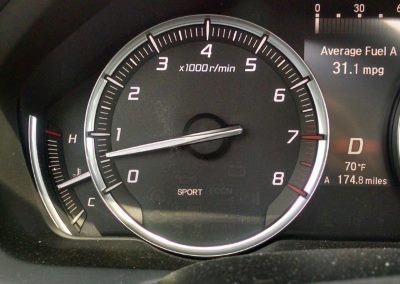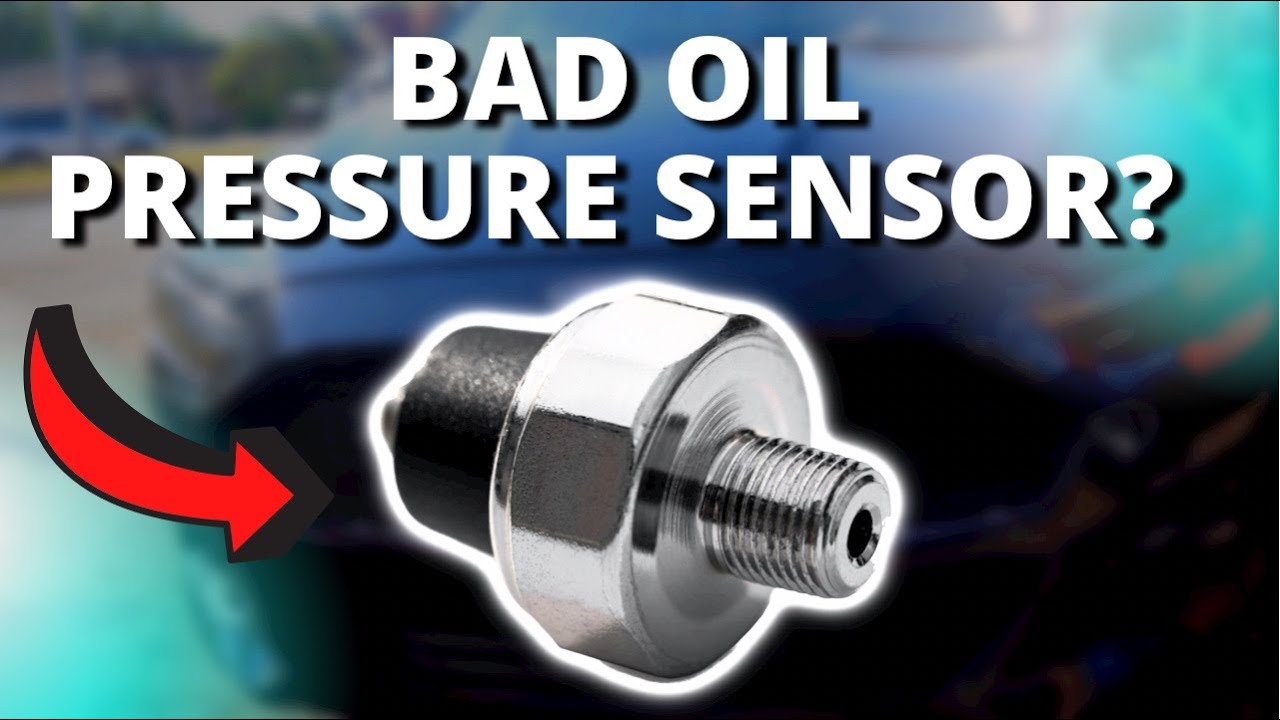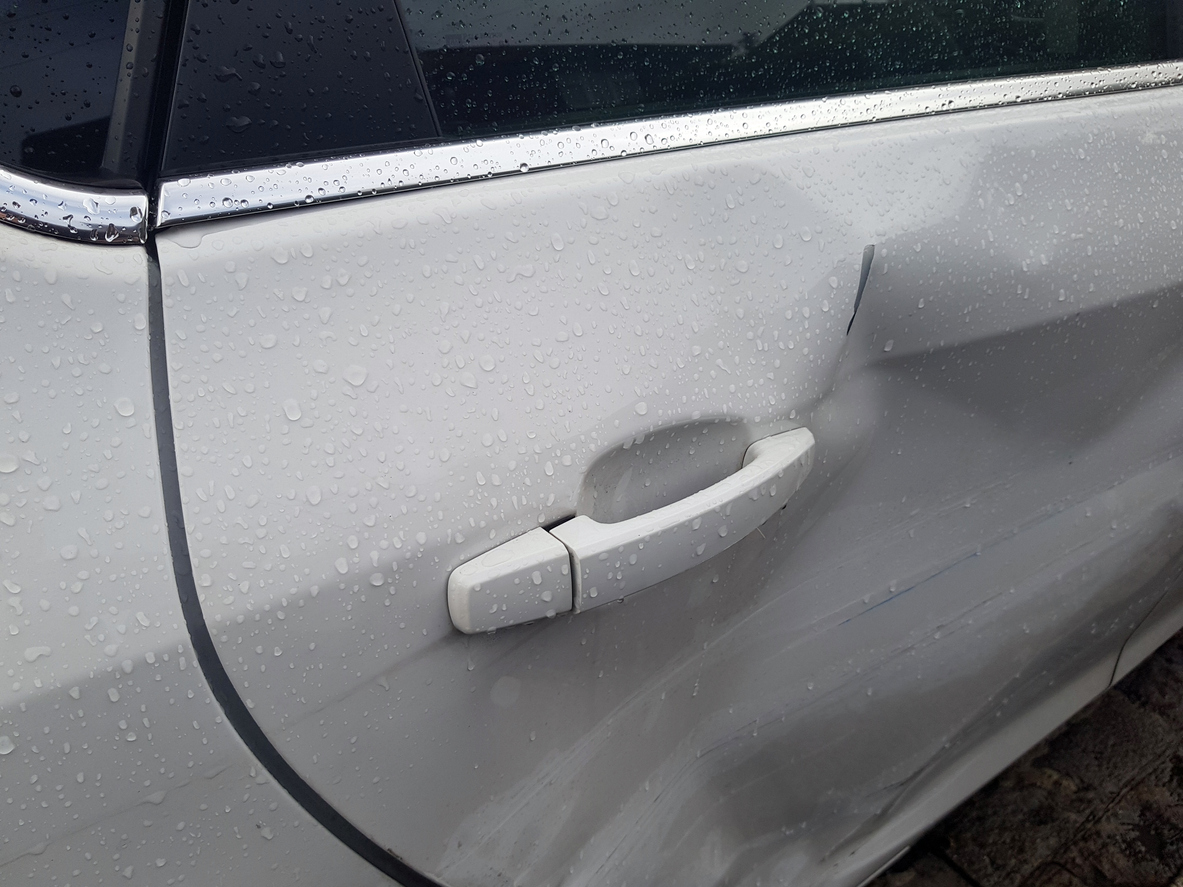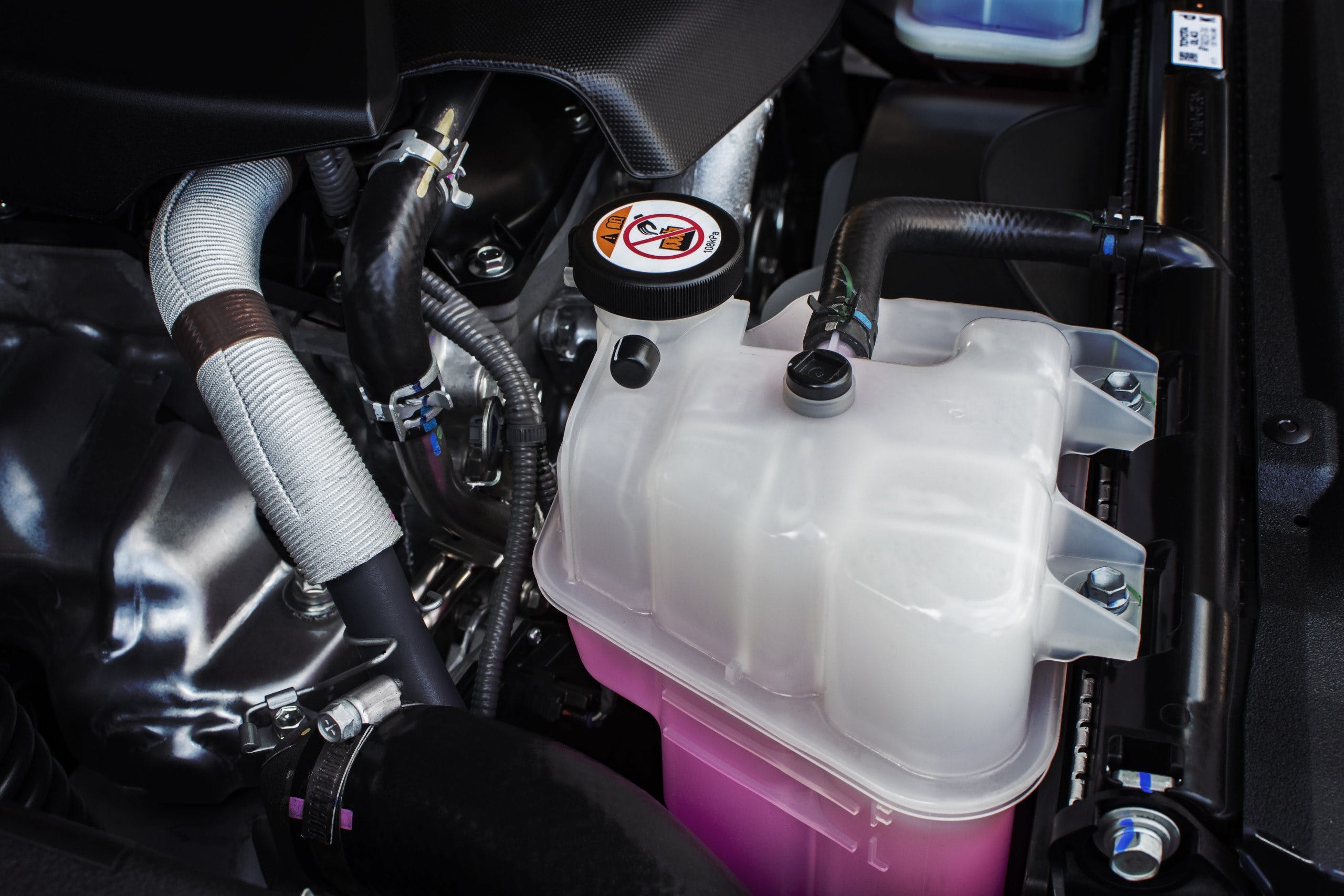Can a Bad Egr Valve Cause High Idle
Yes, a faulty EGR valve can cause an engine to idle higher than normal. A malfunctioning valve may disrupt air-fuel mixture ratios.
An efficient and smooth-running vehicle depends largely on the healthy function of the Exhaust Gas Recirculation (EGR) valve. The EGR valve plays a critical role in reducing emissions and ensuring optimal engine performance. When it operates correctly, it recirculates a portion of the exhaust gases back into the engine’s combustion chamber, which helps lower the vehicle’s nitrogen oxide emissions.
However, when the EGR valve becomes clogged or fails, it can lead to a range of problems including rough idling, engine knocking, and increased fuel consumption. A high idle scenario often results when the valve sticks open, letting too much exhaust into the intake manifold and altering the air-to-fuel ratio. Maintaining this vital component not only assists in passing emissions tests but also contributes to the overall longevity and efficiency of your vehicle.

Credit: m.youtube.com
Symptoms Of A Faulty Egr Valve
Recognizing the warning signs of a faulty EGR (Exhaust Gas Recirculation) valve is essential for keeping your vehicle running smoothly. This crucial component serves to reduce emissions by recirculating a portion of the exhaust gases back into the engine intake. A malfunctioning EGR valve can lead to a range of engine symptoms, potentially impacting vehicle performance and emissions. Let’s delve into some notable signs indicating a possible EGR valve issue.
High Idle: A Telltale SignHigh Idle: A Telltale Sign
A common symptom of a defective EGR valve is an unusually high idle speed. When the EGR valve is stuck open, it allows too much exhaust into the intake system. This causes an imbalance in the air-to-fuel ratio, often resulting in the engine running at a faster pace even when idling. You might notice your RPM gauge showing higher readings without pressing the accelerator.
Other Common IndicationsOther Common Indications
- Decreased Engine Performance: Power loss and sluggish acceleration.
- Check Engine Light: The engine light may illuminate on your dashboard.
- Rough Engine Idle: Sharp jitters and vibrations when the vehicle is stationary.
- Increased Fuel Consumption: Your vehicle might use more fuel than usual.
- Engine Knocking: Unusual sounds due to premature ignition of the air-fuel mixture.
- Failed Emissions Test: Higher levels of NOx emissions due to improper EGR operation.
A thorough diagnosis by a professional is crucial if these symptoms arise. Addressing EGR valve issues promptly can save you from more severe engine problems in the future.

Credit: www.reddit.com
How The Egr Valve Affects Engine Idle
An EGR valve plays a crucial role in your engine’s health. A bad EGR valve might lead to high idle, affecting your vehicle’s performance. Let’s dive into the basics and impact of a faulty EGR valve on engine idle.
Basics Of Exhaust Gas Recirculation
The EGR valve is key for reducing emissions. It recirculates a portion of exhaust gases back into the engine. This process lowers combustion temperatures. It helps in reducing nitrous oxide emissions.
- Redirects exhaust gases back into the combustion chamber
- Reduces combustion temperature and NOx emissions
- Improves efficiency and engine life
Impact On Engine Performance And Idle
A malfunctioning EGR valve can disrupt the engine’s smooth operation. A stuck-open valve allows too much exhaust to enter. This can cause the engine to run at a higher RPM. A consistent high idle may be a signal of EGR issues.
- A stuck-open valve causes rough idling
- Excessive exhaust gases can lead to high idle
- Engine performance may suffer, noticeable during idle
Check the EGR valve if you experience high engine idle. It might need cleaning or replacement to restore proper idle performance.
Diagnosing Egr Valve Malfunction
When your car idles high, it may be waving a red flag about an EGR valve issue. The Exhaust Gas Recirculation (EGR) valve plays a critical role in reducing emissions. It reroutes some of the engine’s exhaust gas back into the intake manifold, mixing it with fresh air. This process lowers the engine temperature and reduces the formation of harmful gases. A faulty EGR valve might fail to regulate the air-fuel mixture properly, leading to high idling.
Inspection Techniques
Initial checks on the EGR valve include a visual inspection and a manual evaluation. Mechanics look for any obvious signs of damage or wear. They’ll make sure the valve is not stuck open or closed. The valve should move smoothly. If it doesn’t, it may be the culprit behind the high idle.
- Check for loose connections or damaged vacuum lines.
- Inspect the EGR valve for carbon buildup and clean it if necessary.
- Test the EGR valve’s operation by pushing the diaphragm manually.
Diagnostic Trouble Codes (dtcs)
For a more in-depth analysis, a scan tool reads the car’s onboard computer. This tool identifies any Diagnostic Trouble Codes. Codes specifically related to the EGR system can alert technicians to the nature of the problem.
| Code | Description |
|---|---|
| P0401 | Insufficient EGR Flow |
| P0402 | Excessive EGR Flow |
| P0403 | EGR Circuit Malfunction |
After retrieving the codes, mechanics can target their investigation. They ensure the problem gets fixed right the first time. Replacing the EGR valve can sometimes be costly. Proper diagnostics prevent unnecessary parts replacement.
Troubleshooting High Idle Issues
Troubleshooting high idle issues can be perplexing. A vehicle’s idle speed is its state when the engine runs without pressing the gas pedal.
Idle issues often point to a problem with the Exhaust Gas Recirculation (EGR) valve. This component is crucial for reducing emissions and improving engine efficiency. Let’s navigate through the steps to fix a high idle situation caused by a potential EGR valve dysfunction.
Egr Valve Cleaning
A dirty EGR valve can cause idle problems. Signs include rough idling or stalling.
Cleaning the EGR valve may address these issues:
- Step 1: Locate the valve. Refer to the vehicle manual.
- Step 2: Remove the valve. Use appropriate tools.
- Step 3: Clean with EGR-specific cleaner. Follow product instructions.
- Step 4: Reinstall the valve. Ensure a secure fit.
Cleaning might restore idle speed to normal and improve performance.
When To Consider Replacement
Assessing the EGR valve’s condition is crucial after cleaning. A damaged or faulty EGR valve may require replacement:
- Visible damage not fixable by cleaning
- Persistent idling issues post-cleaning
- Diagnostic codes related to EGR from an OBD reader
EGR valve replacement is a common fix for high idle problems. Refer to a professional for accurate diagnosis and repair.
Preventive Measures And Maintenance
Keeping a vehicle in top condition requires attention to every part. The Exhaust Gas Recirculation (EGR) valve is no exception. It plays a crucial role in reducing emissions and improving engine efficiency. When a bad EGR valve causes high idle, it can signal the need for maintenance. To prevent this issue, consider regular check-ups and follow specific EGR valve maintenance tips.
Regular Check-ups
Scheduling regular engine check-ups is essential for early detection of EGR valve issues. Mechanics can spot signs of wear or malfunction before they lead to high idle conditions.
- Monitor engine performance at each service interval.
- Review diagnostic codes for early EGR valve problem identification.
- Inspect EGR valve during routine oil changes and tune-ups.
Egr Valve Maintenance Tips
Proper EGR valve maintenance ensures optimal engine performance. Follow these tips to keep the EGR valve functioning properly.
| Tip | Action |
|---|---|
| Cleaning | Clean the EGR valve periodically to remove carbon buildup. |
| Inspection | Check for cracks or damage on the valve during cleanings. |
| Replacement | Replace the EGR valve if signs of excessive wear are present. |
Remember, a functioning EGR valve helps maintain steady idle speeds. Stick to the vehicle’s maintenance schedule for optimal results.
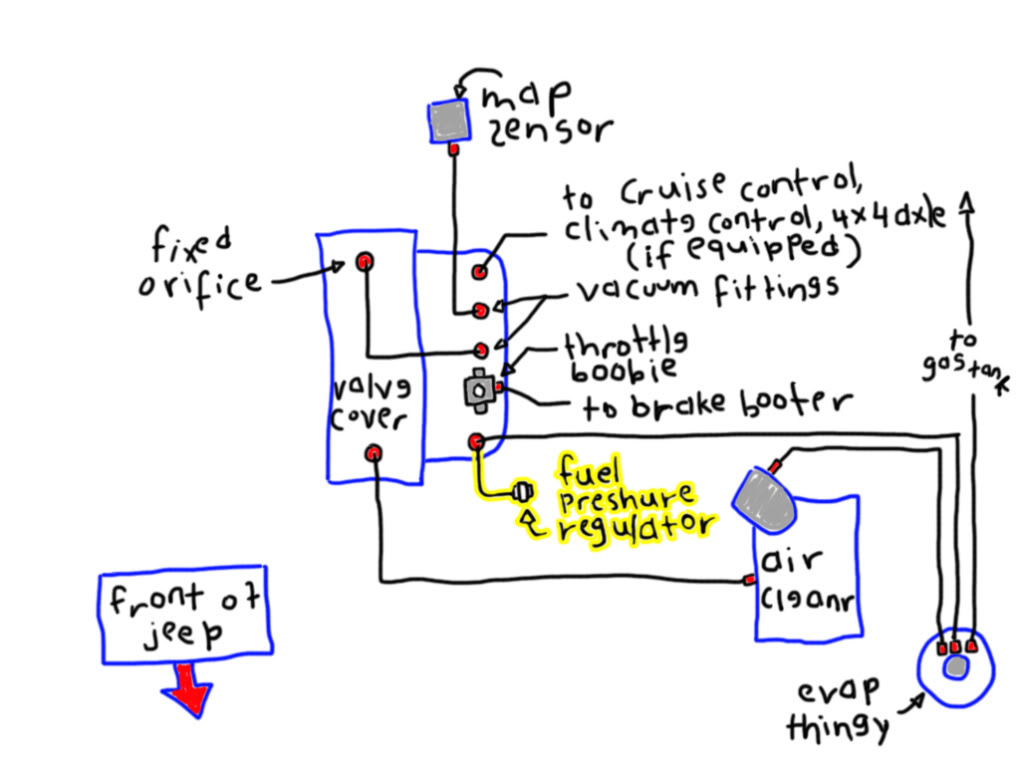
Credit: www.cherokeeforum.com
Frequently Asked Questions Of Can A Bad Egr Valve Cause High Idle
Does A Faulty Egr Valve Affect Engine Idle?
A malfunctioning EGR (Exhaust Gas Recirculation) valve can indeed lead to a higher than normal idle. The valve may stick open, causing a vacuum leak which disrupts the air-fuel mixture, leading to increased engine speed at idle.
Can Cleaning The Egr Valve Fix High Idle Problems?
Cleaning an EGR valve may resolve high idle issues if the valve is clogged with carbon deposits, affecting its operation. However, if the valve is damaged, cleaning would not suffice and replacement would be necessary.
What Are Common Symptoms Of A Bad Egr Valve?
Common symptoms include rough idling, reduced engine performance, increased emissions, check engine light activation, and in some cases, stalling. A bad EGR can cause an improper air-to-fuel ratio, affecting engine function.
How Do I Diagnose A High Idle Caused By Egr Valve?
Diagnosing an EGR-related high idle involves checking for trouble codes with a scanner, visually inspecting the valve, and testing its operation, including the vacuum lines and solenoid for leaks or malfunction.
Conclusion
Understanding the relationship between a faulty EGR valve and high idle is crucial for vehicle health. Regular maintenance can prevent such issues. If your car shows high idle symptoms, check the EGR valve. Addressing this early can save you from more extensive repairs and ensure smoother drives ahead.
Keep your engine happy!

